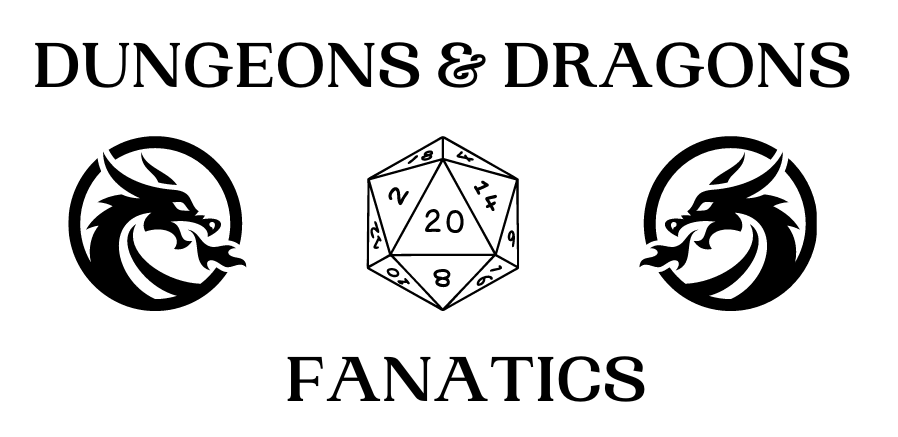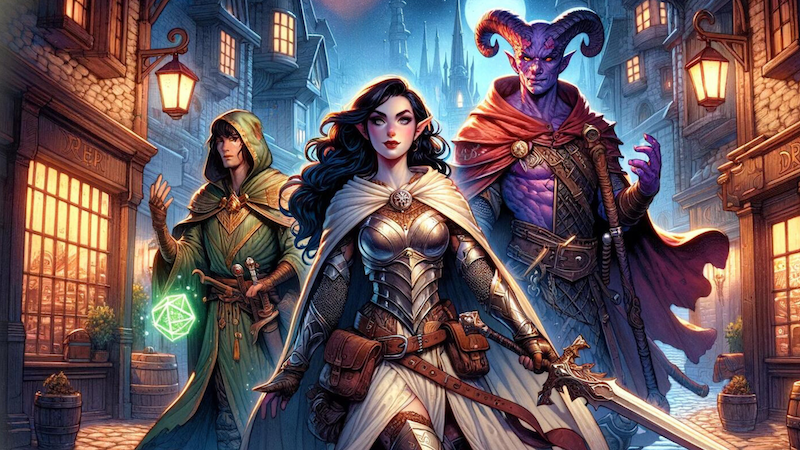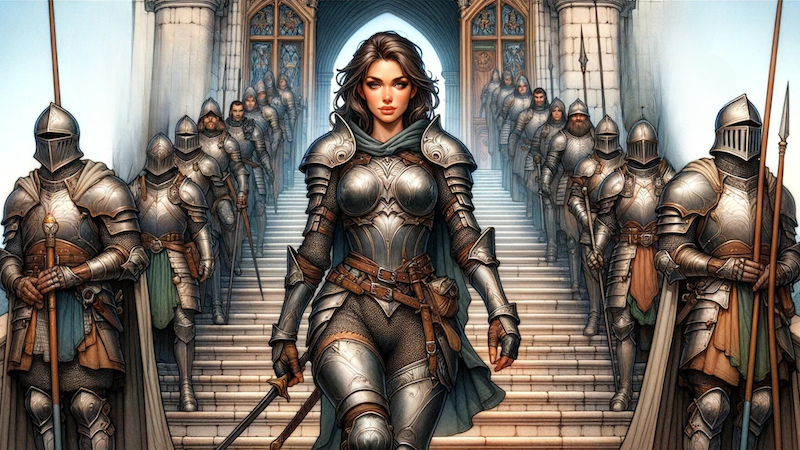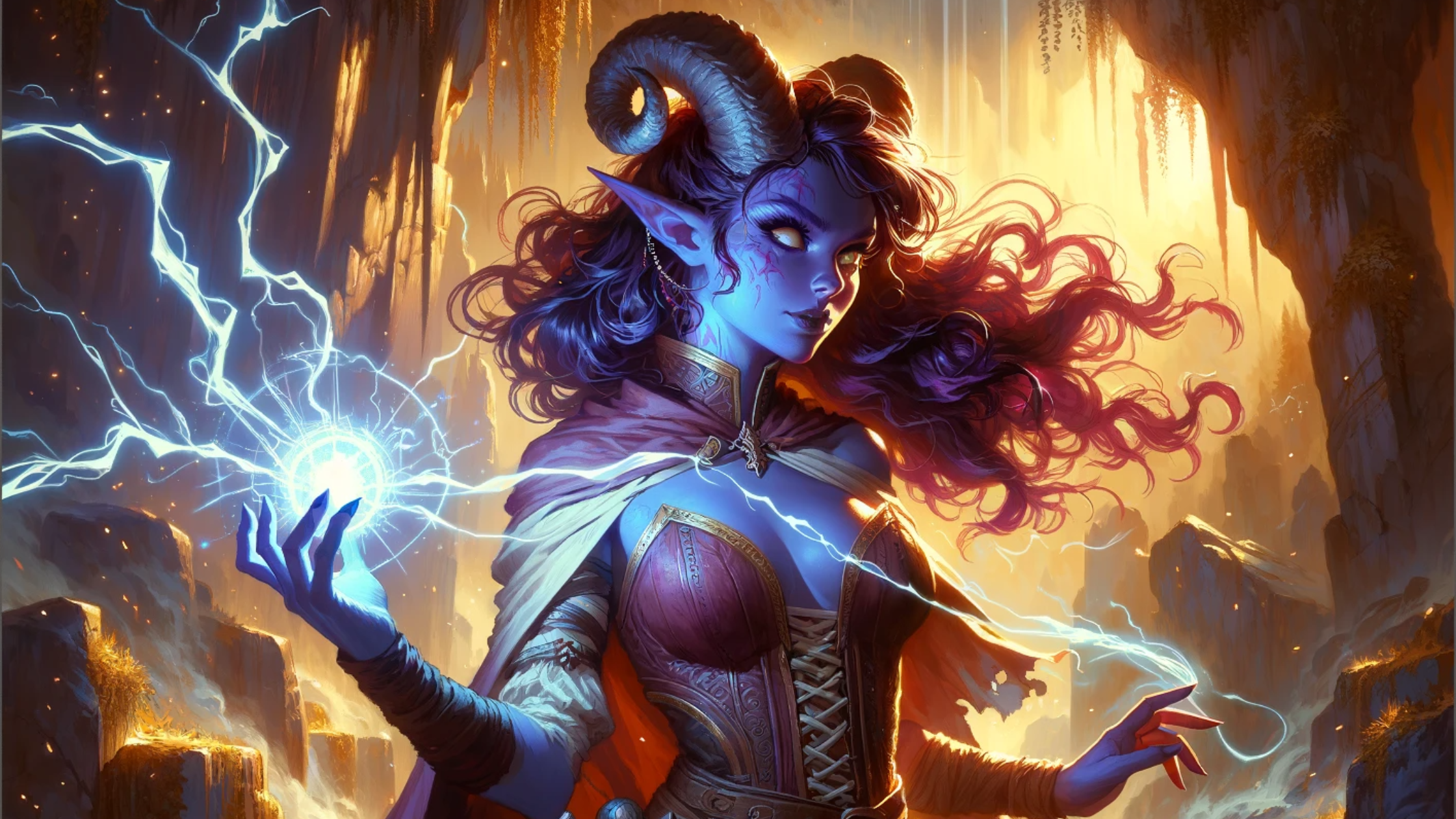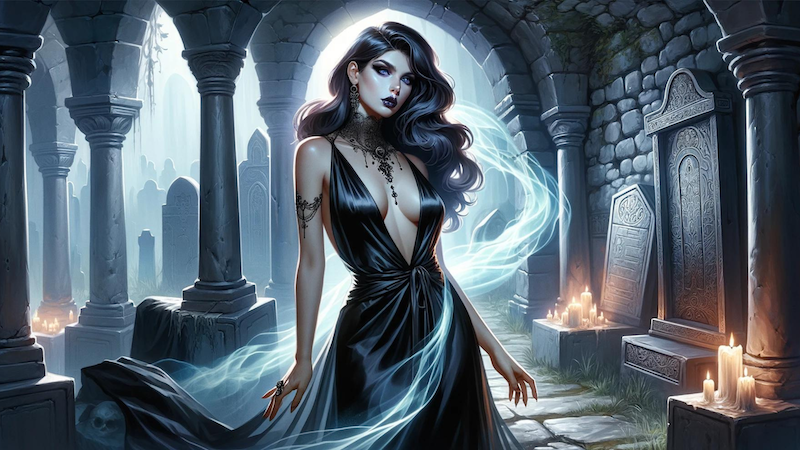

The Ardling: D&D’s Newest Race Explained
As an Amazon Associate I earn from qualifying purchases.
If you’re a Dungeons & Dragons fan, chances are you may have heard of One D&D an all-new game product that’s been in development for over a year now and which will be released sometime in 2024.
While much about the game is still unknown, Wizards of the Coast has stated that although a number of new game books will be released, it will still be compatible with 5th Editions Dungeons & Dragons. Since the announcement, the team has been rolling out a series of One D&D playtests under the umbrella of their Unearthed Arcana series.
The December 2022 playtest introduced a brand new playable species known as the Ardling (with the playtest also including some tweaks to the existing D&D 5e Goliath race). In February 2023, however, Wizards of the Coast confirmed that, due to its poor reception from players during the One D&D playtest, the Ardling will not appear in future D&D game materials (at least for the foreseeable future).
So what exactly are these creatures? Below, we break into all the details of what we know so far.
What is an Ardling?
According to the information released in the Unearthed Arcana One D&D playtest, Ardlings are creatures that are descended from the Beastlands, a celestial part of the astral plane renowned for its untamed beauty and wild nature. Within the Beastlands a variety of different creatures exist, many of these otherworldly animals choosing to serve powerful entities known as Beast Lords.
In the early days of the multiverse, some of these animals began to evolve into bipedal, humanoid forms eventually becoming the species known as the Ardlings. These beings possess beastlike physiology, keen senses, and an innate connection to divine magic. Eons ago, the ancestors of Ardlings migrated to the Material Plane, and as a result Ardlings can now be found on many worlds.
An Ardling has a head resembling that of an almost limitless number of animal species, with some possessing bird-like features and others resembling reptiles, felines, and even underwater creatures.


What are the Ardling traits?
Within the rules of One D&D and 5th Edition, Ardlings contain the following stats:
- Creature Type: Humanoid
- Size: Medium (about 4–7 feet tall) or Small (about 3–4 feet tall), chosen when you select this Species
- Speed: 30 feet
- Life Span: 200 years on average
What do Ardlings look like?
As descendants of celestial animals, players can choose from one of four “Animal Ancestry” backgrounds, each of which informs what the character looks like and adds a few additional abilities.
- Climber (Bear, Cat, Lizard, Squirrel): You have hooked claws, sharp nails, or a serpentine tail. As a result, you have a Climb Speed equal to your Speed, and once per turn when you deal damage with your Unarmed Strike to a target, you can increase the damage to that target by an amount equal to your Proficiency Bonus.
- Flyer (Bat, Eagle, Owl, Raven). You have vestigial wings. As a result, when you fall at least 10 feet, you can use your Reaction to safely glide downward, taking no damage from the fall. In addition, when you take the Jump Action, you can flap your wings to gain Advantage on that Action’s Ability Check.
- Racer (Deer, Dog, Horse, Triceratops): When you take the Dash Action, your Speed increases for that Action. The increase equals ten times your Proficiency Bonus.
- Swimmer (Crocodile, Dolphin, Frog, Shark). You can hold your breath for up to an hour at a time, and you have a Swim Speed equal to your Speed. In addition, you have Resistance to Cold Damage.
Visually, Ardlings resemble many species that already exist in the D&D world (including Aarakocra, Crocodilians and Sharkfolk). They are, however, more than just humanoid versions of animals, and their celestial nature provides them with a variety of special abilities (making them somewhat similar to the leonin warrior Ajani Goldmane from Magic the Gathering).


What special abilities do Ardlings have?
Because of their celestial nature, Ardlings possess the following additional abilities.
- Divine Magic: You can innately channel minor divine magic; you know the Thaumaturgy Spell. Whenever you finish a Long Rest, you can replace that Spell with a different 0-level Spell from the Divine Spell list. Intelligence, Wisdom, or Charisma is your spellcasting ability for any Spell you cast with this trait (choose the ability when you select the Species).
- Keen Senses: You have Proficiency in the Perception Skill.
When will Ardlings be available?
As mentioned previously, Ardlings were only available in the One D&D playtest, but have since been dropped for use in any future materials due to their poor reception among players.
In an interview about the species, lead D&D rules designer Jeremy Crawford stated that “It was clear that with the Ardling, the real miss was context. We get that this is a storytelling game and the Ardling felt too much like it came out of nowhere. As enchanted as we are by these animal folk with Celestial origins, the place to introduce them is the place where we can provide more story context for them and their entry into the multiverse.”
That being said, it is possible that they may appear in the future. “We often see things as ‘it’s not their time’ rather than ‘it’s finished forever’, so the Ardling is moving out of the playtest for now, and maybe in some future year we’ll return,” Crawford said in the interview. “They’re not going to be in the Player’s Handbook, but that doesn’t mean they won’t visit us at some future date.”
In the meantime, you can check out the full video interview below about why Ardlings were dropped from One D&D and read more about them in the Unearthed Arcana here.
More D&D News Coverage
For more from the world of Wizards of the Coast, visit our D&D News page.


